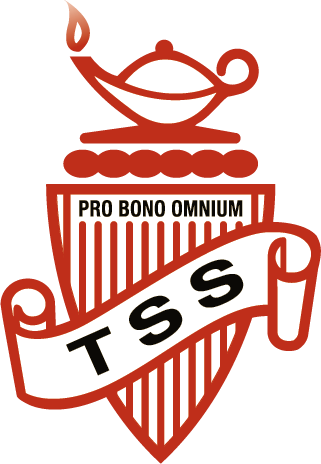Footnoting or In Text Citations
Whenever you use three or more words in a row from some other resource you must use footnotes or "in text citations".
| It is a serious offence to plagiarize! Templeton's Plagiarism Policy is outlined your student agenda book. |
Your "in text citations" or footnotes will always refer back to your Works Cited page. Consult the Works Cited format.
_________________________________________________________________
PURPOSE:
Citing the original source of words or ideas not your own in an assignment lends authority and strength to your own ideas.
- To indicate the exact source of every quotation.
- To acknowledge indebtedness to others for opinions or ideas.
Both direct and indirect quotations must be cited. Abbreviated bibliographical data is put in parentheses after the quotation so that the reader can refer to the original source if more information is required.
Note: Always provide a bibliography (Works Cited Page) with your assignments.
Check the Works Cited format available in the "How To" section.
_________________________________________________________________
DIRECT QUOTATIONS / CITATIONS
- Use "direct quotes" when you use the exact words of another writer or speaker.
- Direct quotes identify the author and the year of the original source, as well as the page numbers.
- SHORT QUOTES (i.e. three lines or less) are incorporated into the sentence structure of the paragraph. They are also clearly identified by quotation marks. Look at the example below:
The Pacific Rim Conference focused on the view of "social
studies as 'social education', rather than the study of historical dates and geographical names." (Bula, 1988, p.3)
- LONG QUOTES (i.e. three lines or more) are identifiable because they are single-spaced and indented . Do not put long quotes in quotation marks.
Look at the example below:
We must consider the opposite point of view of the impact of US television
broadcasting in the global village:
Many governments consider the availability of foreign TV news
programs subversive. Individual ownership of satellite dishes is
restricted in most of the East bloc and many other countries,
including India, Singapore and South Africa.
(Zuckerman, 1988, p. 55)
3. ALTERNATIVE: The author can be identified in the sentence as an introduction to the quote. Note how the source of information is incorporated into the example below:
According to Bula (1988), "the conference marked a growing
interest in cross-cultural studies in Japan, the U.S. and Canada.
INDIRECT QUOTATIONS / CITATIONS
- Using ideas or opinions of other people but expressing them in your own words.
- Indirect quotes include only the author and year of the original source. They do not include page numbers.
- One person's idea or opinion supporting the one you express; for example:
Anyone convicted of being a heretic during the Middle Ages
was either hanged or burned at the stake. (Miquel, 1980)
- Two or more people separately supporting the idea you express in their own writings; for example:
Global studies seem to be the direction of the new social studies
curriculum. (Bula, 1988; Zuckerman, 1988)
- Alternatively, the source of the idea can be identified within the sentence; for example:
Zuckerman (1988) notes that Japanese news broadcasts were
like verbal newspapers until recently, in that they were only talking heads.

